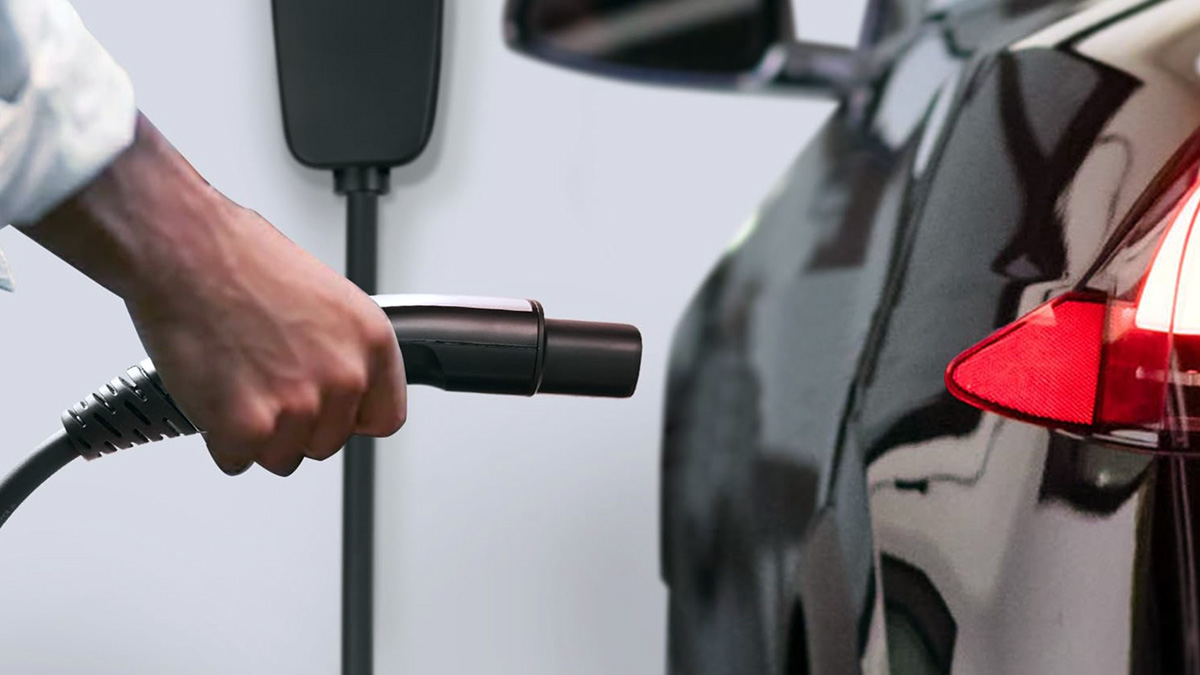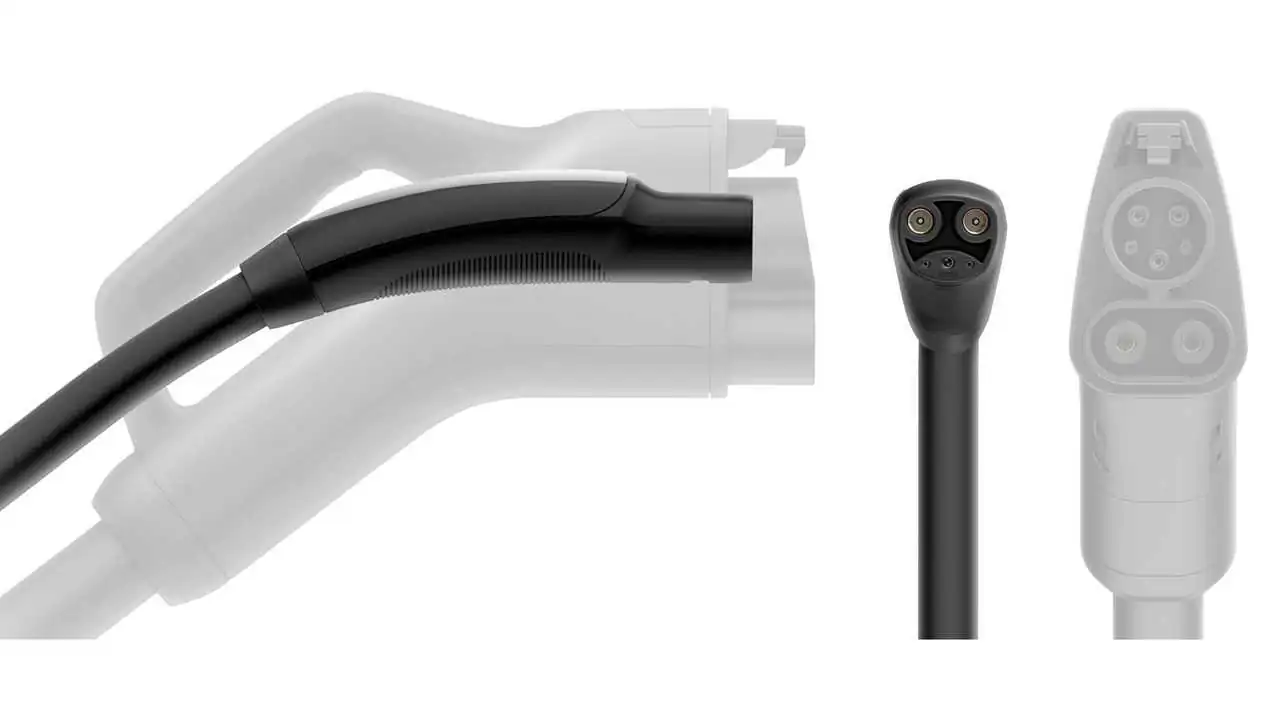What are the advantages of Tesla’s NACS plug design over the Combined Charging System (CCS) standard used by most non-Tesla EVs and charging stations in the U.S.?
The NACS plug is a more elegant design. Yes, it is smaller and easier to use. Yes, the CCS adapter is bulky for seemingly no particular reason. That is really no surprise. Tesla’s design was created by one company, working independently VS. a design-by-committee approach. Standards are usually designed by a committee, with all of the compromises and politics involved. I am not an electrical engineer, so I can’t speak to the technology involved. But I do have a lot of work experience with both North America and International standards. The end result of the process is generally good, but it is often painful and slow to get there.
But the technical merits of NACS vs. CCS isn’t really what the change is about. Apart from the bulky connector, CCS isn’t better or worse than NACS. However, the systems are not compatible, and in the U.S., Tesla has been far more successful than any other charging network. Most people don’t care about the intricacies of the charging port design. They only care about what charging options are available to them for their next charge, and whether the charger will work at its posted speed.
Tesla created its proprietary charging plug design at about the same time as CCS was being established, and rolled it out in the deployment of its supercharger network. Unlike other EV companies, Tesla decided to control its own destiny in the deployment of charging stations, rather than leaving it up to 3rd parties. It took its supercharger network seriously and invested huge amounts of money into rolling it out. It controls the process, designs and manufactures its own charging equipment, and designs the charging stations. They often have 12–20 chargers per supercharger location, and have an extremely high uptime rating.
Other charging suppliers use a hodgepodge of various charging equipment suppliers (with varying quality levels), usually have between 1–6 actual chargers per location, and poor to average (at best) uptime rating. Most EV makers don’t actually have their own charging network. The exceptions are Rivian, who has a Tesla-level commitment to rolling out chargers, but is late to the party. They are rolling out chargers fairly quickly, and their uptime is good, but their level 3 charging network is still less than a year old at this point. Electrify America is owned by VW. However, the evidence isn’t really there for its commitment to it. First off, they didn’t so much decide to run a charger network. They were required to create it as a penalty for Dieselgate. That’s not exactly the way you want to start a company. And frankly, the service record of ElectrifyAmerica only reinforces the image that it doesn’t seem to take it very seriously. It is common for half or more of the chargers at an EA charging location to be down at any given time. When there are only a handful of chargers to begin with, that often means there are only one or two chargers working (sometimes none), and not at high speeds.
In 2022, Tesla released its proprietary design for other companies to use and renamed it the North American Charging Standard (NACS). That isn’t really how standards work. You don’t get to declare your solution to be the new standard.
But the scenario is unusual. Generally, when there is a standard established, one company won’t be able to go out and roll out a competing design successfully. But Tesla has been extremely successful in the U.S. It has a commanding market share lead on vehicle sales in the U.S. EV market. In large part, that is because it rolled out its own beefy supercharger network, while other EV makers chose not to.
The result is that, as of today, there are far more Tesla superchargers available in the U.S. than all other CCS level 3 chargers, combined. To be clear, this isn’t because NACS is better than CCS. It is because the rollout of CCS stations hasn’t been handled well, while the rollout of NACS has.
Would it be better if we settled on one standard for the entire world? Absolutely. Since Europe has settled on CCS, that global standard should be CCS. But there isn’t a lot of incentive for Tesla to change to CCS in the U.S., given that its own technology is better and it is the market leader. Customers of other EV makers (myself included) have made it very clear that they are unhappy with the quality of charging options available to them. Given that, the choice to adopt NACS is a very easy one.
Post time: Nov-22-2023

 Portable EV Charger
Portable EV Charger Home EV Wallbox
Home EV Wallbox DC Charger Station
DC Charger Station EV Charging Module
EV Charging Module NACS&CCS1&CCS2
NACS&CCS1&CCS2 EV Accessories
EV Accessories


